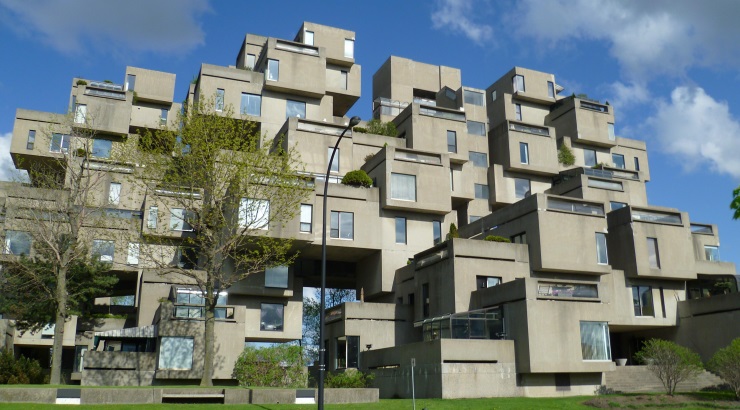Features
Brutalism Architecture
Everything to know about brutalism in architecture.

Also known as Brutalist architecture, Brutalism architecture is a design style characterized by simple, block-like structures, with huge concrete buildings.
This architectural style came forth from the early-20th-century modernist movement, and gained prominence in the 1950s and peaked in the 1960s.
The term ‘brutalism’ was coined by British designers Alison and Peter Smithson and promoted by historian Reyner Banham in 1954.
It stems from ‘Béton brut’ (raw concrete), and was first associated with Le Corbusier, a Swiss-French architect who designed the Cite Radieuse in Marseille in the 1940s.
The popularity of Brutalism dates back to the 1960s when the seriousness of the 1950s gave way to vigor and renewed self-confidence.
As Brutalism architecture gained acceptance, it became commonly used for shopping centers, car parks, high-rise flats, and government buildings.
These buildings were predominantly marked by rough, unfinished surfaces, uncommon shapes, heavy-looking materials, straight lines, and small windows.
By the late 1960s, Brutalism became synonymous with communal housing solutions that were promoted by city planners as modern ‘streets in the sky.’
RELATED: The 5 Phases of Architectural Design
Brutalist architecture then proliferated across communist nations such as the Soviet Union, Czechoslovakia, Yugoslavia, and Bulgaria.
However, as high-rise buildings became linked with crime and social deficiency in the 1970s, brutalism architecture was increasingly loathed across the UK – leading to the demolition of many Brutalist buildings.
Brutalism in architecture
Despite these setbacks, Brutalist architecture continues to inspire modern styles and has been associated with high-tech architecture. Some of today’s Brutalist buildings are regarded as architectural landmarks.
RELATED: What Is a Flying Buttress in Architecture?
Some of the best examples of Brutalism include Preston Bus Station, Preston; Park Hill, Sheffield; Queen Elizabeth Hall, London; Cite Radieuse, France; Trellick Tower, London; and Barbican Estate, London.
FAQs
What makes a building Brutalist?
A Brutalist building is primarily characterized by grainy, incomplete surfaces, unique shapes, substantial materials, straight lines, and small windows.
Who created Brutalist architecture?
Swiss-French architect Le Corbusier is regarded as the father of Brutalist architecture, having designed the Cite Radieuse in Marseilles, France, in the 1940s.
When did Brutalist architecture start?
Brutalist architecture emerged in the 1950s and became popular in the 1960s.














